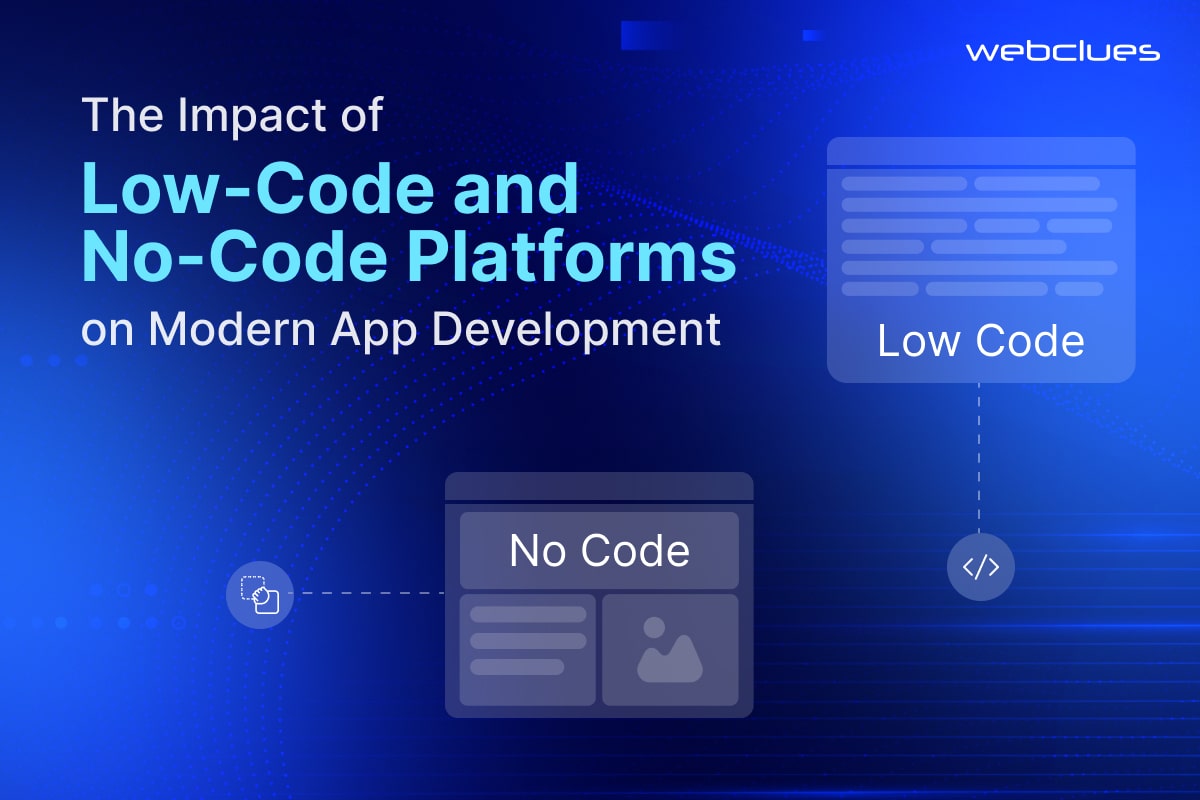No-code platforms have been around for a while and are changing the way we develop web applications. Such platforms allow technical-novices to create ”live” web applications without it ever requiring them to write a single line of code. This trend is completely changing the game for how businesses, startups, and individuals go about coding software in a way that is fast, cost-efficient, and most importantly, accessible.
Whereas web development requires knowledge of languages such as HTML, CSS, JavaScript, and back-end technologies, many organizations lack financial support to hire competent programmers, or there are not enough personnel, hence the use of lengthy development cycles. For such situations, no-code platforms serve as a solution: through intuitive drag-and-drop interfaces and prebuilt components, they take the minutes of the entire process.
Why No-Code is Gaining Popularity
The increasing adoption of no-code tools is driven by several key factors:
1. Speed and Efficiency
No-Code Platforms reduce the time for development. What used to be weeks or months to develop can now be done in a matter of hours or days. Projects can be launched faster than ever, respond to market changes in a timely manner, and keep on ahead of competition.
2. Cost-Effective Development
Employment of experienced developers will run your pockets dry. No-code solutions eliminate the need for a highly productive development team, meaning businesses can put their resources to other uses. Entrepreneurs or small enterprises can now build their applications without much overhead in terms of development costs.
3. Empowering Non-Developers
Democratization is among the most important advantages of no-code platforms. Someone without programming knowledge-such as marketers, product managers, and small business owners-can create, customize, and launch web apps meant to address their needs without depending on tech teams.
4. Rapid Prototyping and Iteration
No-code approaches democratize the rapid prototyping process by providing options for businesses to validate concepts, receive user input, and adapt existing applications without much investment-a move that propels innovation and fosters user satisfaction.
5. Scalability and Integration
Today’s no-code solutions provide extensibility as second to none with integrations to serve third-party tools, APIs, and databases to build scalable applications that satisfy myriad business use-cases.
Key Features of No-Code Platforms
No-code platforms offer a range of powerful features that facilitate web application development:
Build Applications Through a Drag-and-Drop Interface: Users can simply drag and drop elements onto a canvas to create applications.
Pre-Built Templates and Components: This enables the user to easily build applications without designing from scratch.
Workflow Automation: Allows users to automate a business process without twisted coding.
Database Integration: Most no-code tools provide support for database connectivity, allowing the user to easily manage and retrieve data.
Cross-Platform Compatibility: No-code platforms are primarily designed to ensure applications will work across different devices.
Sheetcast – Convert Excel into Fully Functional Web Apps
One of the coolest innovations in the no-code space is Sheetcast.com. Despite its mini presence, the website has the capacity to transform Excel into fully-functional web applications. For firms considering using spreadsheets in data management, analyses, and in operations, Sheetcast.com offers a groundbreaking alternative.
How Sheetcast.com Works
Sheetcast.com simplifies web application development by leveraging familiar Excel functionalities and converting them into interactive, user-friendly applications. The process involves:
- Uploading an Excel Spreadsheet – Users start by uploading their existing spreadsheets containing data, formulas, and logic.
- Configuring the App – Sheetcast.com provides customization options to define user permissions, design elements, and data interactions.
- Publishing the Web App – With a single click, the spreadsheet is transformed into a fully functi
- nal web application accessible from any device.
If you’re looking for a simple yet powerful way to build web applications, explore this website today and experience the future of no-code development firsthand.
Why Choose Sheetcast.com?
- No Coding Required – Best for users who have no tech knowledge but want to build apps without learning programming.
- Enhanced Collaboration – Teams can work together on live data with real-time updates.
- Custom User Interfaces – Users can design and personalize their applications to match their brand and workflow needs.
- Secure & Scalable – Ensures data protection while allowing businesses to scale their applications as per need.
- Seamless Integrations – Connects with existing tools, databases, and third-party applications to enhance functionality.
The Future of No-Code Development
As technology advances, no-code platforms will continue to evolve, offering more sophisticated features, AI-driven automation, and greater flexibility. The future of web application development lies in empowering businesses and individuals to create custom applications effortlessly.




